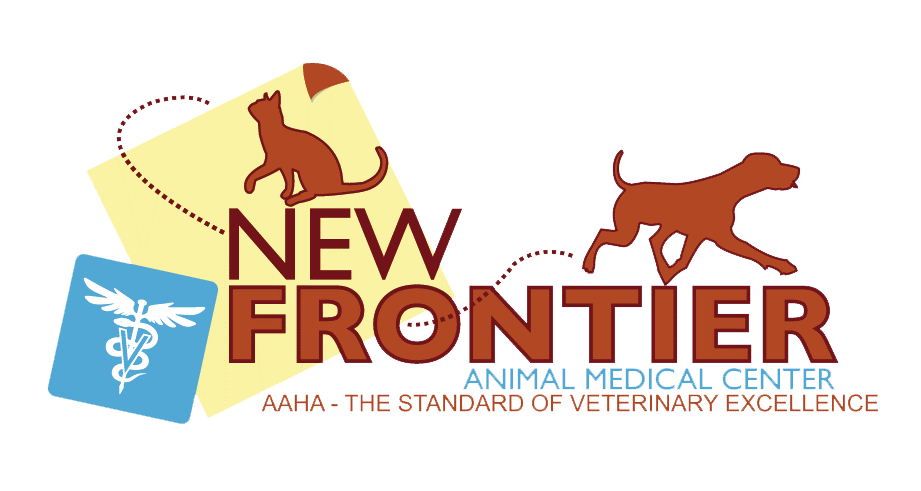Leptospirosis: What You Need to Know
What is leptospirosis?
Leptospirosis is a bacterial disease of dogs and other mammals that primarily affects the liver or kidneys. The organism is usually spread through infected urine and can be transmitted through contaminated water or soil. It can also be spread through contact with reproductive secretions, the consumption of infected tissues, and even through skin wounds. Carriers of the organism include raccoons, opossums, rodents, skunks, and dogs. The bacteria can survive for long periods of time in water and are frequently found in swamps, streams, lakes, and standing water. The bacteria also survive well in mud and moist soil, and localized outbreaks can occur after flooding. There is no evidence that Leptospirosis causes clinical disease in cats.
What are the signs of leptospirosis?
Clinical signs of infection typically develop 2 to 12 days after exposure to the bacterium. In many dogs infection may go undetected.
Signs include:
Weight loss
Fever
Inappetence (appetite loss)
Vomiting
Lethargy
Muscle and/or joint pain
Diarrhea
Bloody urine
Excessive thirst
Jaundice
Excessive bleeding
In acute, or more serious cases, dogs may experience potentially fatal kidney or liver disease. The disease may present itself in one of three ways:
1. Hemorrhagic (bleeding): There is high fever with lethargy and loss of appetite. Multiple small hemorrhages occur in the mouth and on the whites of the eyes. Bloody diarrhea and vomiting may occur. This form is often fatal.
2. Icteric or jaundice (liver): Begins much like the hemorrhagic form and many of the clinical signs are the same. An additional clinical sign is the presence of a yellow color (jaundice or icterus) in the mouth and whites of the eyes. In severe cases, the skin will turn yellow.
3. Renal (kidney): These dogs are very lethargic, anorextic, and may vomit. Their breath may have a very offensive odor, and ulcers often develop on the tongue. Other signs include diarrhea, excessive drinking and excessively frequent urination. There may be red staining of the urine (blood). The dog may be reluctant to move and show abdominal discomfort. Fever is variable and temperature may actually be subnormal in the more advanced stage. Dogs that survive the acute renal form may be left with chronic kidney disease.
How is leptospirosis diagnosed?
Because the clinical signs are variable and easily confused with other diseases, definitive diagnosis can be difficult. There are no readily available rapid and definitive laboratory tests. Blood tests may be performed during infection and again in recovery. These tests look for the presence of Leptospirosa antibodies. Tests indicating an increase of Leptospirosa antibodies are supportive of the Leptospirosa diagnosis.
What is the treatment?
Treatment typically consists of a regimen of antibiotics. Fluid therapy and other treatments may be necessary if the pet experiences complications such as liver or kidney damage or spontaneous bleeding. Hospitalization is required in many cases.
How can leptospirosis be prevented?
The vaccine for leptospirosis is not always part of the routine vaccination program for all dogs. Your veterinarian will consider the risks and options for your individual pet. We recommend the leptospirosis vaccine for dogs who are around a high concentration of other dogs (such as boarding facilities) or who hike and camp in areas with water that wild animals may urinate in. For dogs who have never had a leptospirosis vaccine, we will administer the first vaccine and booster in two weeks. After that, the leptospirosis vaccine can be performed annually. Preventing your dog from drinking from puddles of standing water or from swimming in lakes, streams, or other bodies of water that may be contaminated also reduces his risk of exposure.
Is leptospirosis zoonotic?
Yes! Leptospirosis can be transmitted to people! Owners of dogs that may have the disease should avoid contact between their bare skin and their dog’s urine, and wear rubber gloves when cleaning up any areas the dog may have soiled. Any areas where the dog has urinated should be disinfected. The organism is readily killed by household disinfectants or a dilute bleach solution.
This client information sheet is based on material written by: Ernest Ward, DVM
© Copyright 2009 Lifelearn Inc. Used and/or modified with permission under license.


